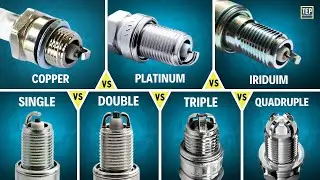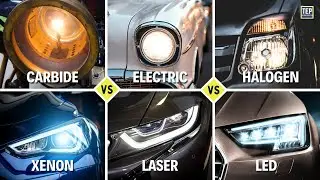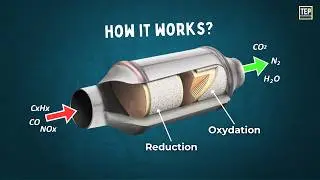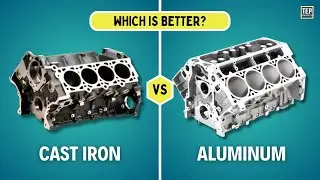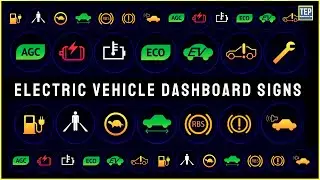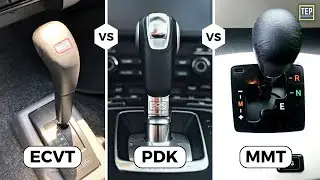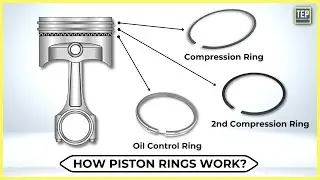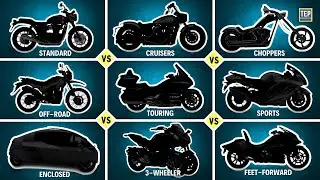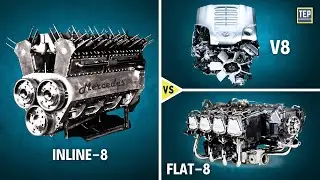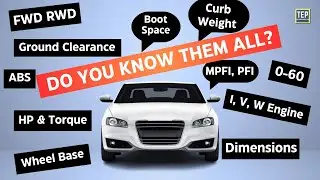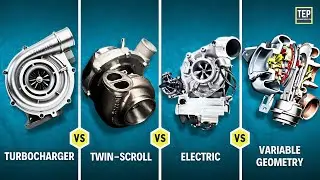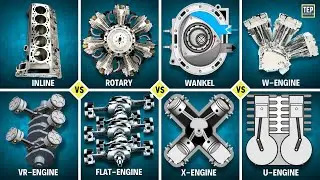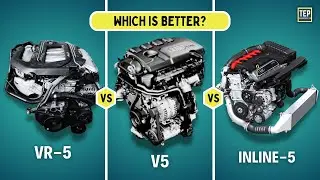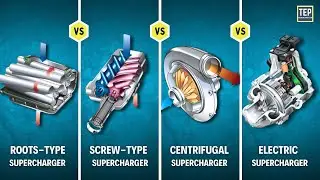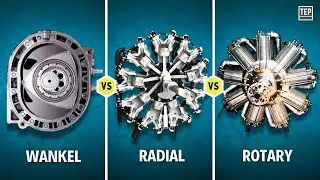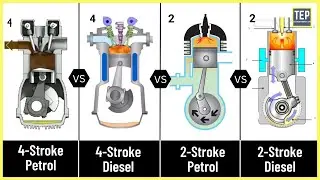How a Sequential Manual Transmission (SMT) Works? Explained
How Sequential Transmission Works?
A sequential manual transmission is unsynchronized and allows the driver to select either the next gear (e.g. shifting from first gear to second gear) or the previous gear (e.g., shifting from third gear to second gear), operated either via electronic paddle-shifters mounted behind the steering wheel or with a gear lever.
They provide the best of both worlds, smooth automatic operation in normal driving and lightning-fast gear changes while going flat-out. Unlike a dual-clutch, which uses helical-style gears, a sequential one has straight-cut gears, meaning less power loss traveling through the transmission into the axles.
What are the benefits of a sequential transmission?
Unlike a manual transmission, where there is a significant stop in torque transfer, the sequential gearbox does not require you to stop or slow down to change gears. Thus, you are able to increase or decrease your speed without stopping or experiencing a drop in speed.
--- Time Stamp --
00:00 - Intro to SMT
01:36 - How to change gears in SMT?
03:05 - How to Shift gears in SMT?
03:58 - Why do race cars use SMT?
06:03 - How Sequential Works in Bikes?
07:23 - Are Sequential Better than Others?
08:27 - Advantages of SMT
10:05 - Wrap Up
Watch our video on Types of Transmissions: • Types of Transmission System (Manual,...
Follow us on Facebook:- / fanpageengineerspost
Visit our Website for more articles:-
https://www.theengineerspost.com/
Thanks for watching, and subscribe for more.








